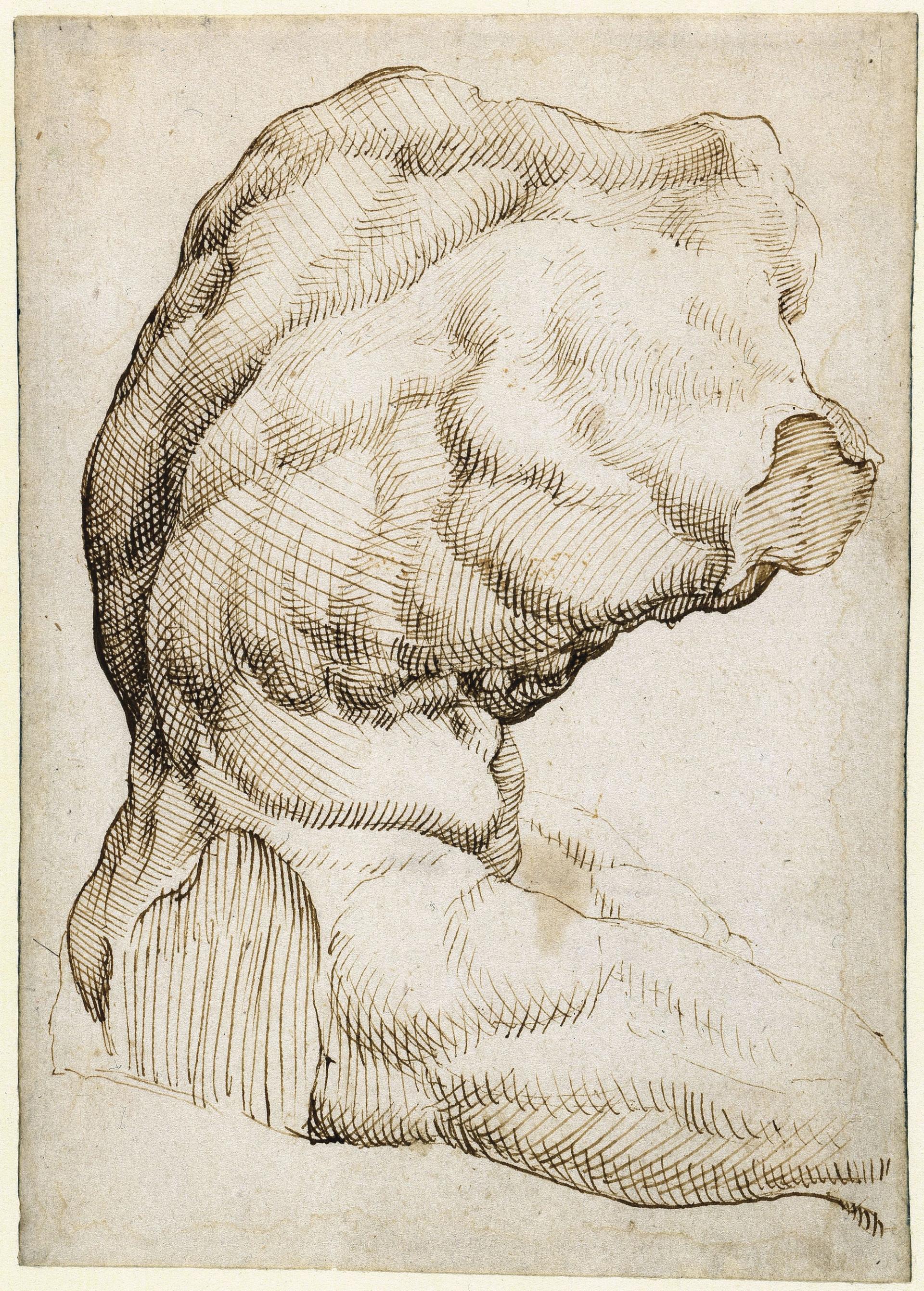The deck has long been stacked against Maarten van Heemskerck, a giant of 16th-century Dutch art. Celebrated in his lifetime for religious and mythological scenes, and for his popular print series depicting the ancient Wonders of the World, Van Heemskerck (1498-1574), a pious Catholic, lived long enough to see his native northern Netherlands become Protestant, starting in the 1540s. By the 1560s, his extravagantly Italianate works were being destroyed or scattered in a wave of Calvinist iconoclasm. Then, over the course of the 17th century, as a steady output of landscapes and genre scenes helped shape modern Dutch identity, he was gradually consigned to a past that few cared to remember.
Van Heemskerck has been the subject of an ongoing rediscovery since the 1980s, when he was a breakout figure in a landmark show at the Rijksmuseum in Amsterdam that looked at Dutch art before the major iconoclastic events of 1566. Four decades later, on the 450th anniversary of his death, the artist is ready to be enshrined as a popular figure with a show of 130 works over three Dutch museums.
Haarlem starting point
In Haarlem, the city where he trained and later worked, the Frans Hals Museum will look at the early decades of his career, up to the point where he departed for Rome in 1532. A short walk away, the city’s Teylers Museum will display some 65 Heemskerck prints, including his Wonders of the World series. Meanwhile, 30km north, the Stedelijk Museum Alkmaar will examine his four years in the Rome of Michel-angelo and the decades-long aftermath.
The three-part show reflects years of research into the artist, much led by the Dutch scholar Ilja M. Veldman. Veldman’s work has led to a number of new identifications of sitters, including a 1543-44 oil-on-panel portrait of a woman now believed to be the artist’s first wife, Marie Jacobsdr de Coninck, which will be on view in Alkmaar.

The two restored panels of Saint Luke Painting the Madonna (1532) Frans Hals Museum; Photo: René Gerritsen; editing Ton van der Heide
Van Heemskerck’s destiny was altered for good by his Roman sojourn, but his earlier phase produced several remarkable paintings. Man of Sorrows (1532) remade what was usually a small devotional scene of a figure contemplating Christ’s passion into a monumental close-up of human suffering.
These pre-Rome years culminated in Saint Luke Painting the Madonna, based on the Byzantine legend that turned the Evangelist into a painter. Created in 1532 as two large panels—one showing the Madonna and a spry Christ child, and the other an elderly Luke hard at work on his picture-within-a-picture—they were joined together in one enormous panel around 45 years later.
Now, as part of a recent conservation treatment, the works have been converted back into separate pendant panels. The accompanying treatment has also uncovered a brightened grey-blue background, adding to the paintings’ expansive depiction of space. Christi M. Klinkert, the senior curator of Old Masters at the Frans Hals Museum and curator of the Alkmaar portion of Martin van Heemskerck, calls the two works “the highlight of the show.”
Van Heemskerck made the most of his stay in Rome, where he produced nearly 200 drawings, the vast majority of which are now part of the collection of Berlin’s Kupferstichkabinett. Several of these drawings will make their way to the Netherlands, including a pen-and-brown-ink sketch of the Belvedere Torso (1532-36), the 5ft-high ancient statue fragment that had an enormous impact on Michelangelo, among others.

Van Heemskerck’s Belvedere Torso (1532-36) Staatliche Museen zu Berlin, Kupferstichkabinett; Photo: Dietmar Katz, public domain
Remembrance of Rome
Back in Haarlem by early 1537, Van Heemskerck spent the rest of his career using and reusing what he saw and did in Rome. The impact of those years is considered in Self-Portrait with the Colosseum (1553), on loan from the Fitzwilliam Museum in Cambridge. Here, with his own likeness in the foreground, the artist turns Rome into a kind of reverie, with the Colosseum as a looming symbol of the passage of time.
After Rome, Van Heemskerck collaborated on etchings and engravings with Dirck Volkertsz Coornhert from Amsterdam, a true Renaissance man: a printer, theologian, notary and politician. The Teylers presents the fruits of its labours in works like The Devil Fills the Human Heart with Desire for Worldly Things (1550), which will be shown along with the original Van Heemskerck drawing that inspired it. In a sardonic and sinister take on the artist at work, the etching shows the devil with a palette, defacing the human heart with symbols of vice.
Rembrandt was a fan of Van Heemskerck’s prints. But the new ideas of Dutchness that developed during Rembrandt’s lifetime had no place for the earlier artist’s High Renaissance tendencies. The cows, meadows and still-lifes that dominated 17th-century Dutch art, and live on today as national symbols, “spoiled it” for the likes of Van Heemskerck, says Veldman, who likes to sum up the canon-making period as “that damned Golden Age”. The Golden Age’s debt to Van Heemskerck will be recalled at the Teylers, which includes Rembrandt etchings that were directly inspired by the work of the Haarlem artist.
• Maarten van Heemskerck, Frans Hals Museum and Teylers Museum, Haarlem; Stedelijk Museum Alkmaar; 28 September-19 January 2025


